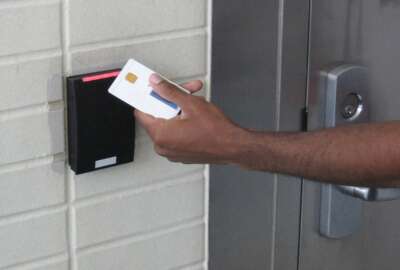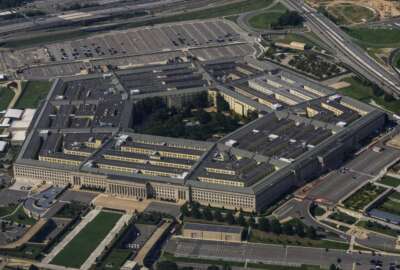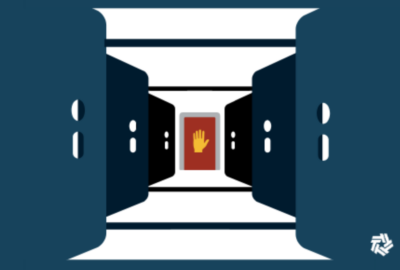DCSA to publish implementation plan for background investigation IT system
“We know that we’ve had some delays at DCSA with NBIS, but we have a new timeline ... the best plan that I’ve seen so far," Jonathan Maffet said.
The Defense Counterintelligence and Security Agency (DCSA) is set to publish an implementation strategy for its National Background Investigation Services (NBIS) program, a crucial step in getting the long-delayed initiative back on track.
Once fully implemented, NBIS will serve as a “one-stop shop” background investigation system, offering security clearance applications, case management tools, and continuous vetting data, among other features. The IT system is critical to implementing the federal government’s “Trusted Workforce 2.0” initiative, a set of the largest reforms to personnel vetting processes, including security clearances, public trust and credentialing, and background investigations.
The NBIS program, however, has faced cost and performance issues — the Defense Department indicated earlier this year NBIS was not on track to meet key milestones.
“We all know that we’ve had some delays at DCSA with NBIS, but we have a new timeline that’s with [the Office of the Director of National Intelligence] right now under review. We’re all in — this is something that we view as can’t fail, and the timeline is the best plan that I’ve seen so far. I think it’s rooted in a lot of solid thought and partnership across the stakeholder community,” Jonathan Maffet, the executive program manager at DCSA said during the Professional Services Council’s Defense Conference Tuesday.
The second phase of the Trusted Workforce 2.0 calls for streamlining all of the security clearance policies that have been put in place over the course of the past 70 years. The initiative also instructs a shift from a periodic reinvestigation model for security clearances to a continuous vetting model.
Matthew Eanes, the director of the Performance Accountability Council program management office, said the transition has pushed legacy systems to their limits.
“There’s three phases of the Trusted Workforce. Phase Two was to do the policies, but it was also to implement what we called transitionary states. We essentially pushed as far as we could push with the legacy capabilities, and stretched them to the seams, then found some duct tape and stretched them a little bit further. And where we found ourselves, we were out of duct tape. The remaining implementation of Trusted Workforce is largely dependent on the critical path for NBIS,” Eanes said.
Eanes said the new implementation strategy, along with all the milestones associated with the strategy, will be published this week on performance.gov.
There is also a push to implement a set of end-to-end shared services — the Office of the Director of National Intelligence (ODNI) is developing tools such as Scattered Castles, a system that tracks security clearances, and a new tool called Transparency of Reciprocity Information System (ToRIS).
ToRIS will address the reciprocity challenges across intelligence agencies and allow employees’ clearances to follow them when transferring between departments.
“It’s kind of like the one missing puzzle piece that sits in between the IC elements. It’s going to fill the data sharing gap between them so we can move people between IC elements faster,” Eanes said.
ODNI just recently received funding for ToRIS — there are no timelines for the development of ToRIS yet, but there are tentative dates for the project’s development.
Eanes said the dates are “going through coordination right now” and will be posted on performance.gov “in a couple of weeks.”
Copyright © 2025 Federal News Network. All rights reserved. This website is not intended for users located within the European Economic Area.







